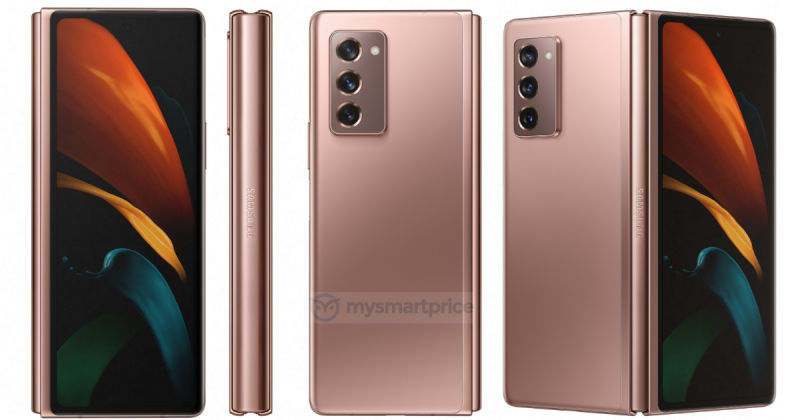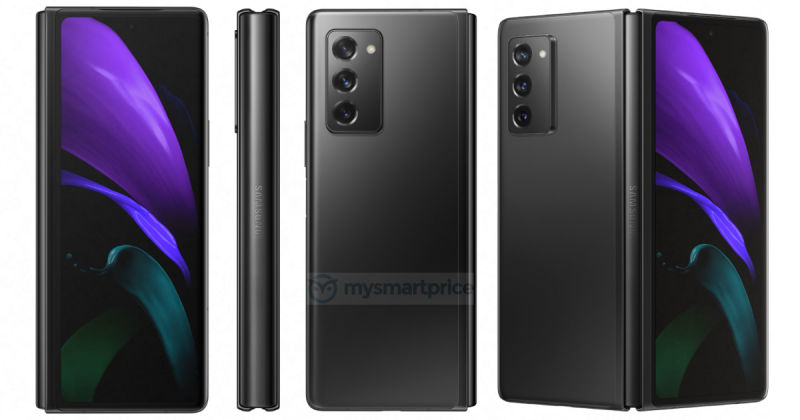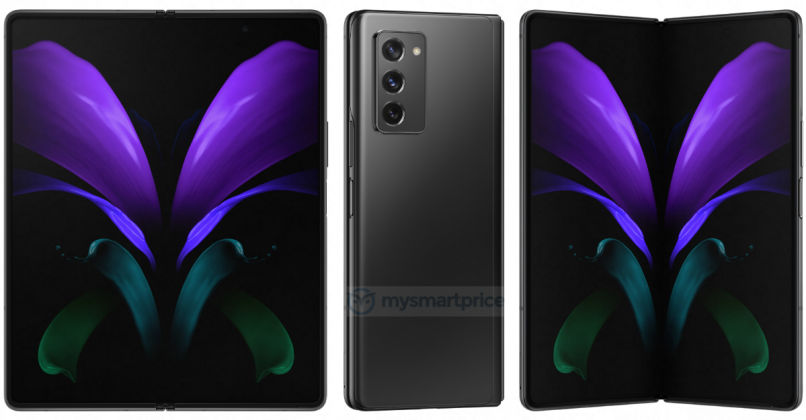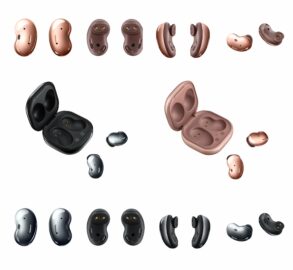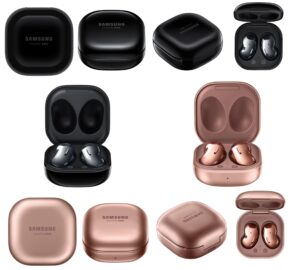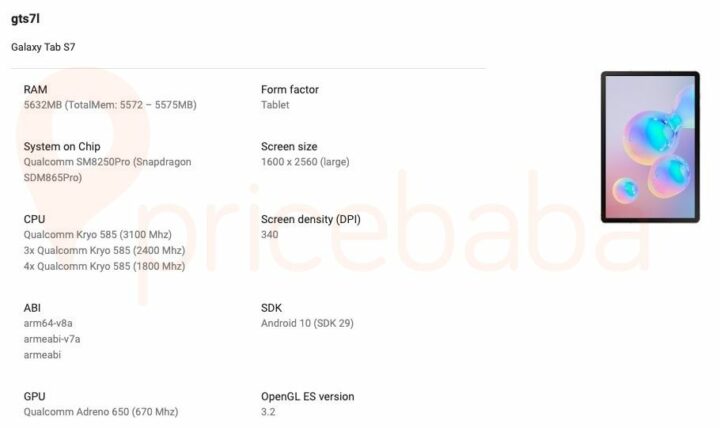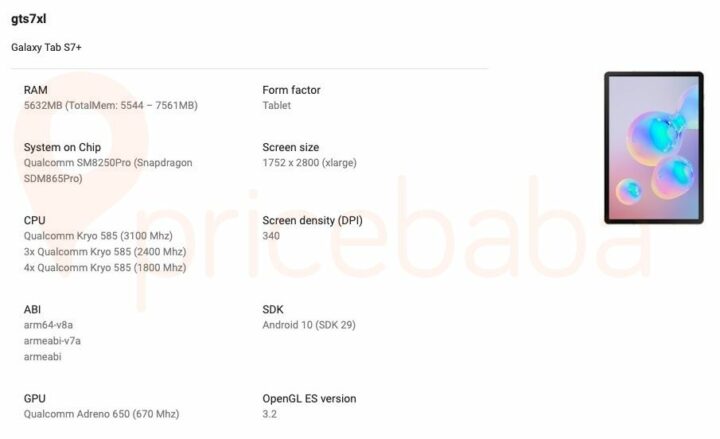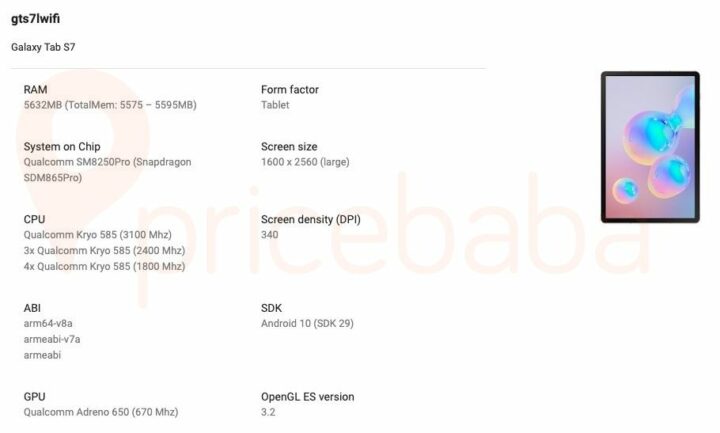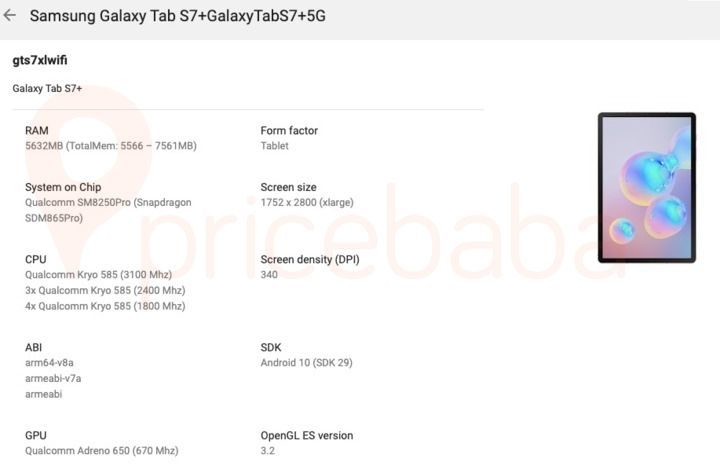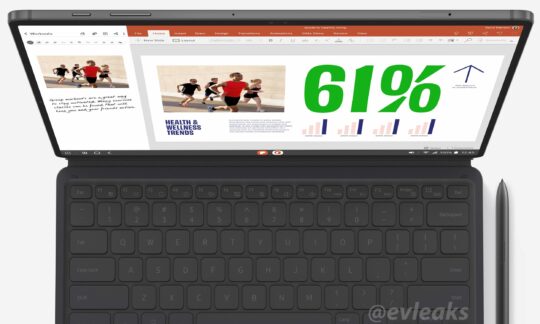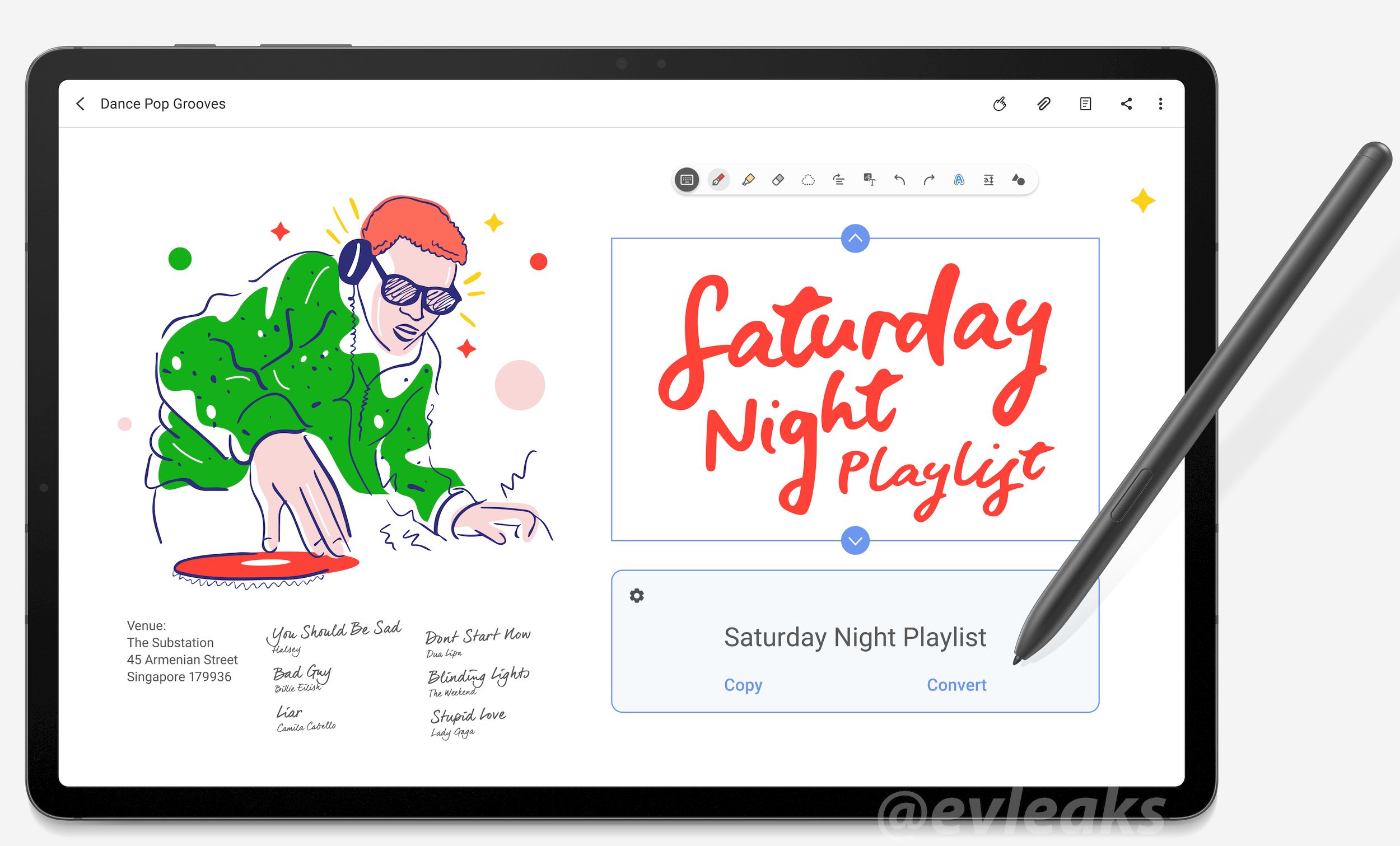After it released its earnings guidance for Q2 2020 earlier this month, Samsung has announced its financial results for the quarter. The South Korean company reported that its consolidated sales were around KRW 52.97 trillion (around $44.48 billion) during the second quarter of 2020 and its operating profit stood at KRW 8.15 trillion (around $6.84 billion). The company said that its solid earnings were a result of higher memory chip and display panel sales as well as cost optimization.
Even during the COVID-19 pandemic, frequent store closures, and sudden breaks at its production units, the company performed quite well with the help of its extensive global supply chain, strengthening sales channels, optimizing costs, and a reduction in marketing costs. Samsung’s operating profit rose 26% from Q1 2020 and 23% from Q2 2019. The company said that it experienced higher sales of memory chips and home appliances and a one-off gain from its display panel business.
The South Korean tech giant said that its revenue fell 4% compared to Q1 2020 and 6% compared to numbers from Q2 2019 due to lower smartphone sales and other devices like TVs. However, this lower demand was more than mitigated by higher sales of memory chips, thanks to robust demand from data centers and PCs as more people worked and studied from home due to the pandemic.
Smartphone sales to gradually improve, but challenges remain
Despite weaker sales, the company’s smartphone unit reported solid profits, thanks to cost optimizations and a reduction in marketing spends. Samsung’s IT & Mobile Communications Division reported consolidated revenue of KRW 20.75 trillion and operating profit of KRW 1.95 trillion during Q2 2020.
As the company is prepping for the launch of the Galaxy Note 20 series, Galaxy Z Flip 5G, Galaxy Z Fold 2, Galaxy Buds Live, Galaxy Watch 3, and newer mid-range smartphones, it expects revenue and profits to improve even further in the next quarter. Samsung still warned about risks from COVID-19 related uncertainties and the growing competition in the smartphone business.
Samsung expects higher GPU and mobile memory in the next quarter
The company’s semiconductor business posted KRW 18.23 trillion in consolidated revenue and KRW 5.43 trillion in operating profit. The company expects higher revenue from its memory business due to higher sales of mobile and GPU memory chips, driven by upcoming key smartphone and gaming console sales. Samsung has begun the mass production of 5nm chips and is developing its 4nm process node.
Samsung Display saw a one-off gain, improving profits
Even the company’s display manufacturing arm saw losses decline from larger screens due to higher sales of panels for monitors. Samsung Display also received a one-off gain (probably from Apple for missing its OLED panel order targets for the iPhone), which boosted profits even further. The display panel arm posted consolidated revenue of KRW 6.72 trillion and an operating profit of KRW 0.30 trillion during Q2 2020. It plans to accelerate the development of Quantum Dot panels as planned.
Focus on sales of premium home appliances is paying off
The company’s consumer electronics division posted higher earnings to due increased sales of home appliances such as ACs, dryers, and premium QLED TVs. It is also planning to sell more premium products such as its Bespoke lineup of refrigerators and Grande AI washers. However, it is planning to respond with a stable global supply chain for consumers. The consumer electronics division posted KRW 10.17 trillion in consolidated revenue and KRW 0.73 trillion in operating profit.
High-resolution camera sensors, 5G chips improved profits
In terms of semiconductor sales, the company will focus on expanding its business with the help of high-resolution camera sensors and 5G Exynos chips. Samsung said in its press release that it expects the demand for smartphones to recover in the second half of the year, although competition will increase.
Its connected auto and audio division HARMAN is said to have suffered quite a bit due to deteriorating market conditions of the auto industry. It suffered an operating loss during Q2 2020, but the outlook is positive going further.
In other news, Samsung has introduced Sustainability Accounting Standards Board standards for the first time in the company’s history to share what it is doing for climate change. It said that it remains committed to creating a better environment and social value to support sustainable growth.
The post Samsung reports strong Q2 2020 results on the back of strong chip, display sales appeared first on SamMobile.
from SamMobile https://ift.tt/3gc6ffX
via IFTTT


